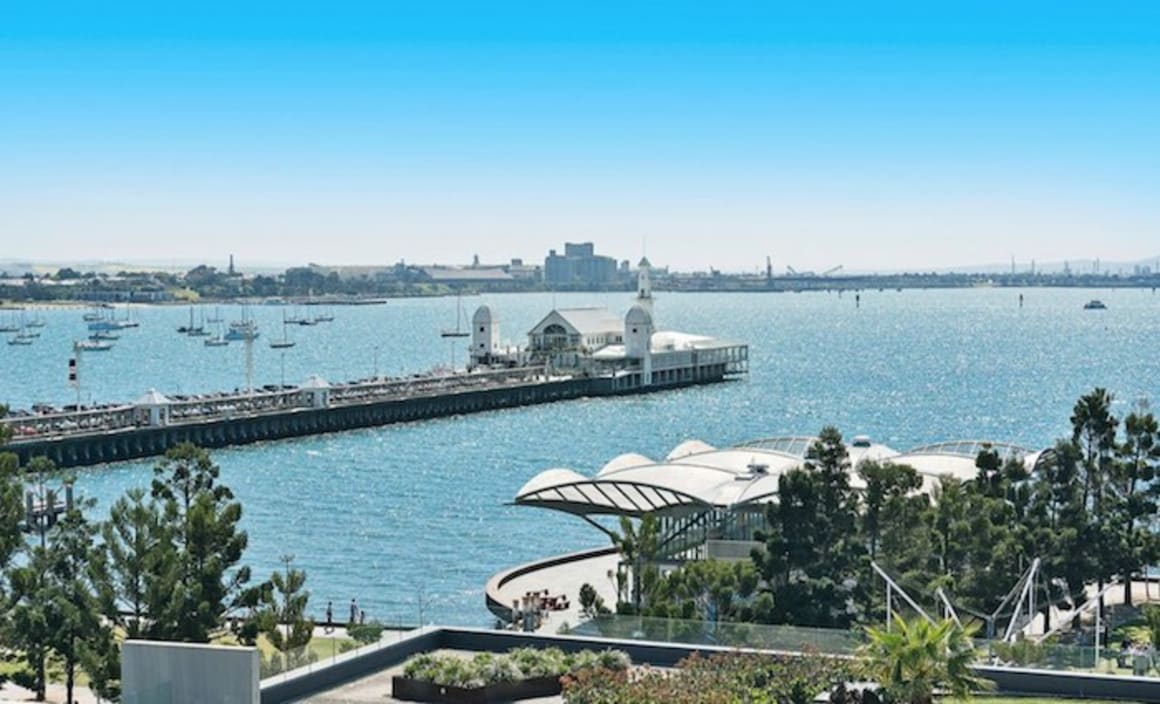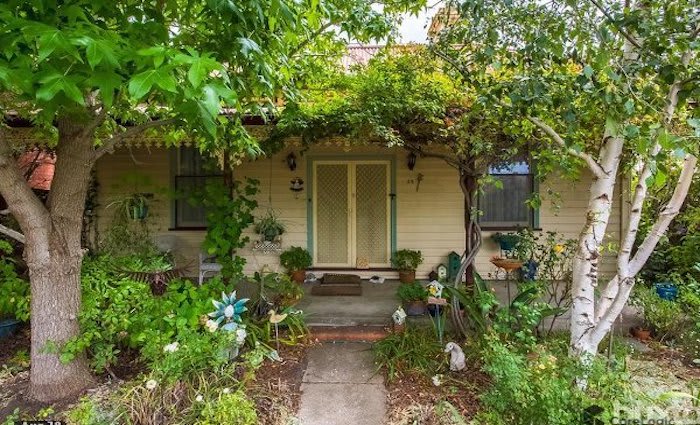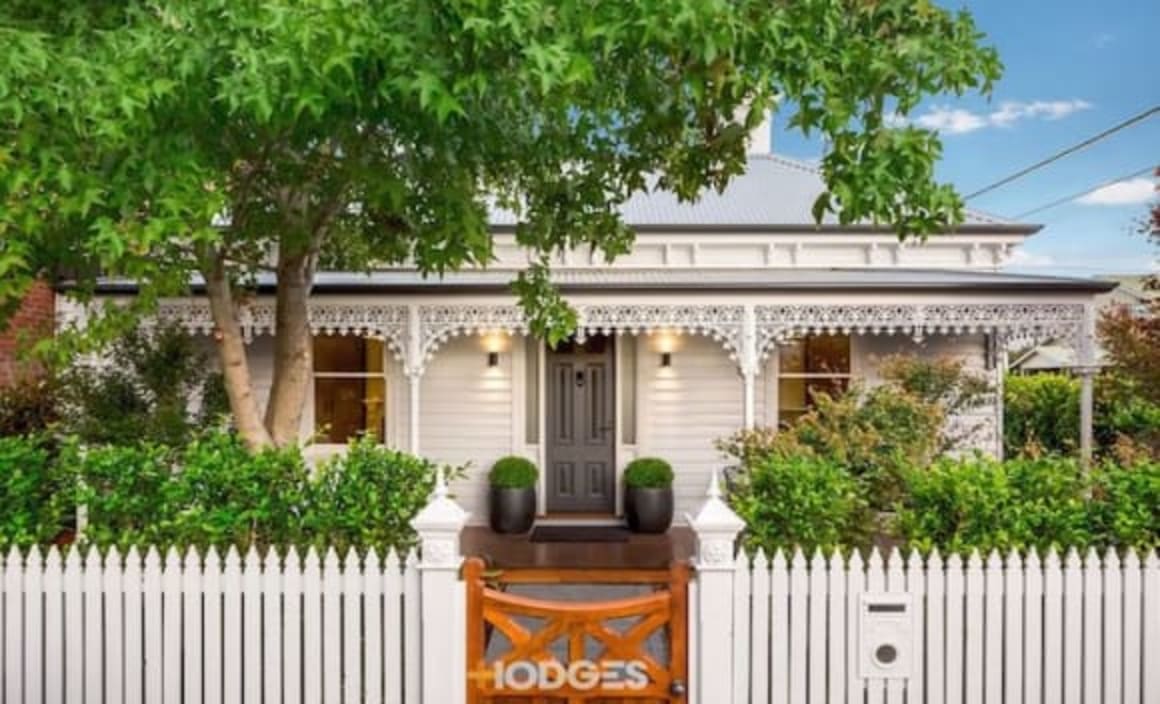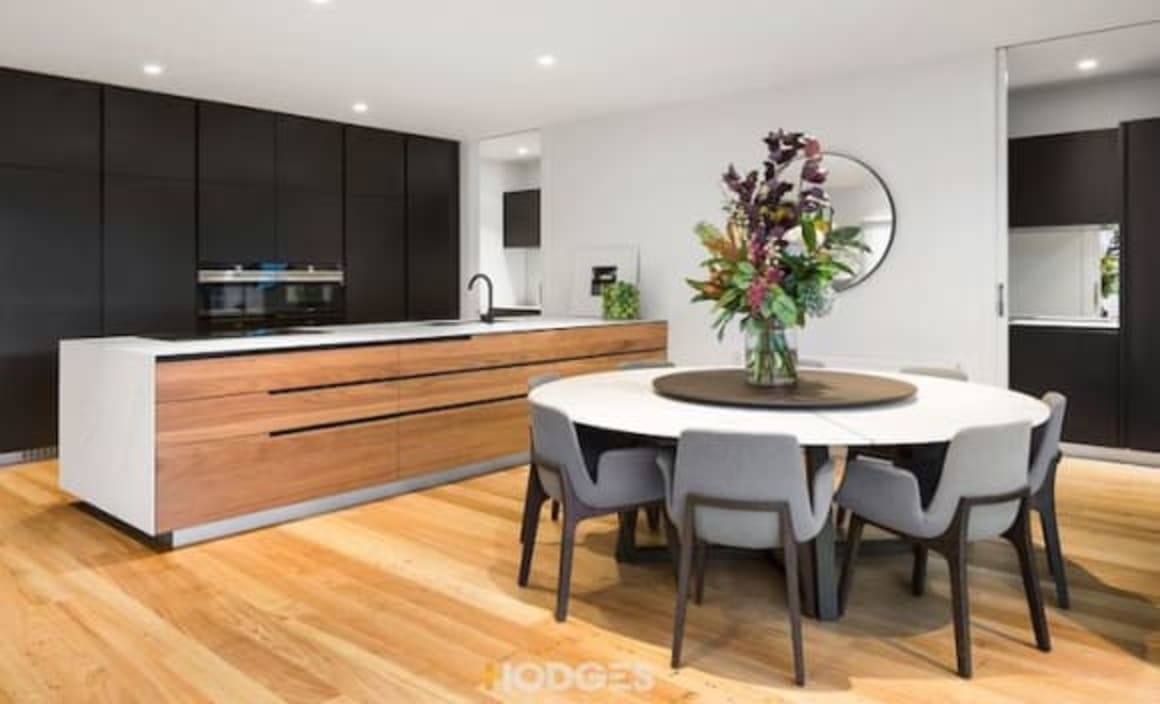Geelong leads regional property markets in houses and units: CoreLogic

The proportion of loss-making property sales in Geelong hit a 16-year low during 2018 as the regional Victorian market continued its strong sales.
Loss-making sales dropped to 0.8 per cent of all property resales in the September quarter, according to the latest CoreLogic quarterly Pain & Gain report.
It was the best result since 2002, when .5 per cent of homes sold at a loss.
CoreLogic senior research analyst Cameron Kusher said the low figure highlighted the strength of the market.
“It certainly has slowed a little bit since then but it highlights the strong run-up in dwelling values that Geelong has seen in the past five years,” he told The Geelong Advertiser.
“Most people that are selling now are well ahead. Nationally, only Hobart saw a lower share of resales at a loss than Geelong.”
The Geelong region has seen some of the largest annual increases in median values for both houses and units across Australia, according to CoreLogic.
The region, south west of Melbourne, saw its median house value grow 16.6 percent ($82,460) and its units rise 11.9 percent ($42,624), in the 12 months to August 2018.
Despite Geelong's sale activity down nine percent annually, houses are selling 12 days faster than they were in August 2017.
CoreLogic's recent Quarterly Regional Market Update, which looks at the biggest regions outside of capital cities, found the best regional house value performer in New South Wales was the Newcastle and Lake Macquarie region where house values grew by nine percent, while the median unit value increased by over five percent.
The best unit market performer was the Richmond-Tweed region, with values soaring over nine percent.
Geelong’s strong capital growth in recent years put the local market at risk of losing its affordability advantage to suburbs in Melbourne’s outskirts, Cameron Kusher acknowledged.
Prices are now $160,000 dearer than Ballarat, where the median price is $360,000, and $180,000 more than Bendigo ($337,000).
“It’s not going to slowdown to the magnitude that Melbourne has, but certainly in the next year you are going to see a slowdown in growth in Geelong,” Kusher said.
When Melbourne’s property market started to soften over the first half of 2018, Geelong remained one of the best performing property markets in the country, according to the October Herron Todd White residential report.
The HTW report suggests that established inner-city residential locations such as Geelong West, Drumcondra, East Geelong and Newtown, have seen some significant results with an increase in demand for both dwellings that required a complete rebuild and those that have already undergone high-end luxury transformations.
These areas are often restricted by heritage overlays and neighbourhood residential zoning which may reduce higher density development in order to preserve the neighbourhood streetscape.
"Vendors willing to undertake a renovation are often rewarded at the time of sale with strong buyer demand for properties equipped with all the modern luxuries and the elegance of a period home," the report noted.
The house at 25 Elizabeth Street, Geelong West (pictured below) is an example of a high-end renovation. The property was purchased in 2017 for $580,000 and recently resold for $1.3 million after an extensive renovation that transformed the interior whilst retaining the elegant Victorian facade.
Before:


After:


The outer south-western suburbs such as Werribee, Point Cook, Tarneit, Truganina and Wyndham Vale have not seen as significant a trend to renovations as we have seen in other suburbs. HTW noted this may be due to the abundance of developing greenfield estates that surround the area where building an affordable new home may be a more attractive option than renovation.